
People have been fighting for legalization ever since the Marijuana Tax Act of 1937, and there has finally been some success on that front. The recent boom in the cannabis industry has led some people down new roads, but they aren’t trekking any new paths. People have been using, trading, and selling cannabis since at least 2700 BCE. But, there are so many more things that a lot of people may not be aware of when it comes to cannabis as an industry, and you can read about ten of them below.
Cannabis is Legal in Roughly 50% of The Country
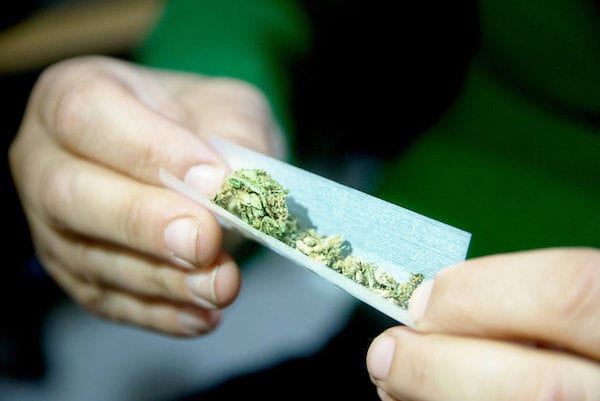

In over half the country, weed has been legalized in at least some form. The first state to legalize medical cannabis was California all the way back in 1996. Over the next decade, 28 more states did the same. Colorado and Washington were the first states that legalized it for recreational use in 2012, and now Alaska, Oregon, California, Nevada, Maine, and Massachusetts have also gone recreational. In most states that have yet to legalize it, it has at least been decriminalized. In addition, Cannabidiol (which is a constituent of the plant) has been legalized in all 50 states for medical and recreational purposes.
Crime Rates Have Dwindled


Sample sizes for collecting this data are still extremely small, but crime rates do appear to show a trend of decreasing. Burglaries decreased by 10% and robberies by 3% in Colorado’s first two years after the use of cannabis became recreationally legal. It is true that arrests due to drug violations increased 10% from 2013 to 2014 with almost all of them being attributed to the public use of marijuana, which had to be more stringently enforced following the change in the law allowing for its use.
Black Markets Still Exist
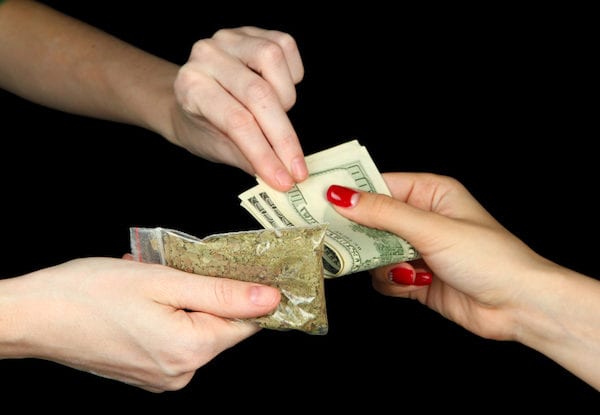

The underground trade of legal products is still something that happens far and wide, and the legalization of the green market has done nothing to stop this from happening. Colorado heavily taxes marijuana, marking it up by over 30% in some cases; other states also have a similar approach to taxes. 40% of all the weed traded in Colorado is done so off the books. Because it’s cheaper to bypass the taxes, the underground market still exists and flourishes.
Despite Its History, The Plant is Still Being Innovated
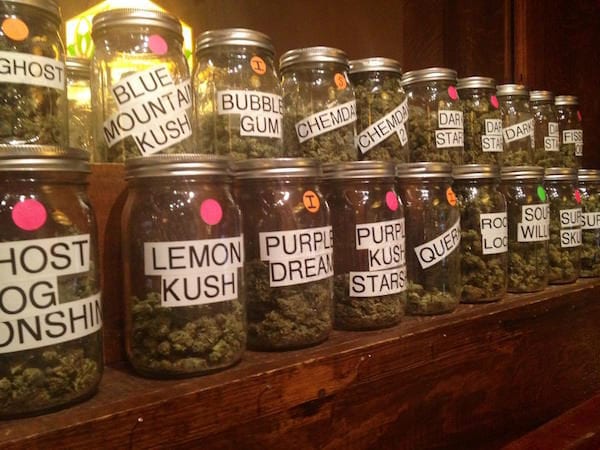

Throughout the industry, and even where it is still being sold underground, it is often said that breeders are at the heart of it. Breeders are people that improve and expand upon strains of cannabis that already exist, and even create new ones. The two basic groups are Sativa and Indica, which produce a more euphoric experience and a more mellow body high, respectively. There are different traits to each of the many available strains from the way they affect the smoker all the way to the way that they look and taste. New strains are being bred based on what’s favorable all the time.
It Is Growing Like Crazy


In a 2013 report, a market research company said that the legal cannabis industry was worth roughly $1.53 billion that year; the following year, the same firm reported that its value had jumped all the way to $2.7 billion. The US saw more than $10 billion in sales for the year 2017, and the global market is projected to hit $3.14 billion soon. It is the fastest growing industry in America. Not only that, ancillary products and services are expanding right along with it. Vaporizers, pipes, papers, and more are all necessary components based on preference, so there is a lot of room for existing businesses to grow and entrepreneurs to step into the ring.
Dispensaries Are More Popular Than McDonald’s
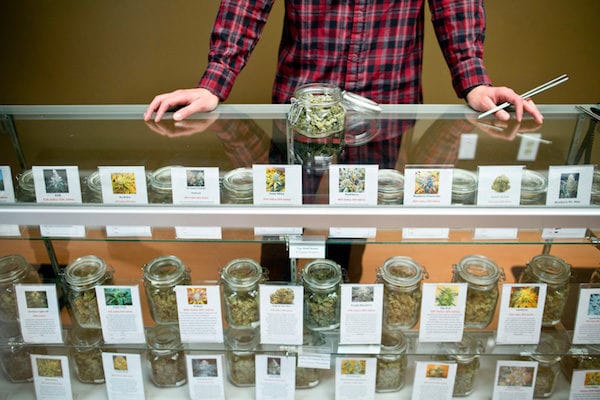

Los Angeles opened the discussion on banning pot shops in 2009 because there were just so many. At that time, LA alone hosted over 1,000. Since then, many claims and jokes have been made about cities having “more pot dispensaries than Starbucks” but it is true in many cases. The state of Oregon had a total of 269 dispensaries in the year 2015 compared to just 248 Starbucks locations, despite the deep affiliation with Oregon and coffee. What’s more, there were only 205 McDonald’s restaurants at that time. The same year, Colorado saw as many people employed in the industry as were working in law enforcement.
Medical Cannabis Still Outsells Recreational
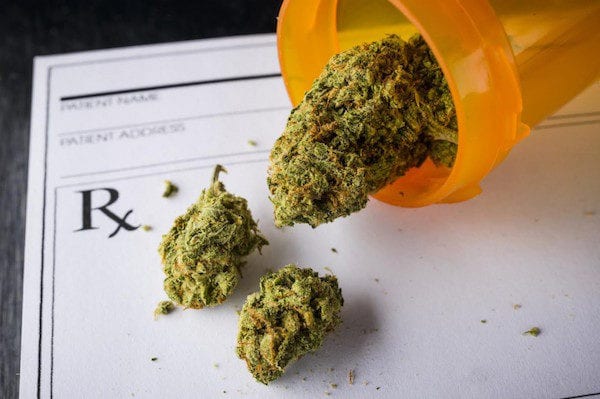

Legal weed is expected to reach $22.6 billion in revenue by 2021, and it is expected to finally exceed medical sales in 2019. Medical patients still go to dispensaries, even though they now have access to larger ones with a better range of products, and they still buy more than everyone else. The theory on why medical sales are still so much better despite the general public having the same access is that many dispensaries offer steep discounts for those who are medical patients, and they also experience other discounts. In Colorado, the 10% state tax is waived. California’s tax of 15% is also waived for medical users. Because of that, they can pay up to 20% less than purely recreational buyers.
California Is Still A Leader in Pot
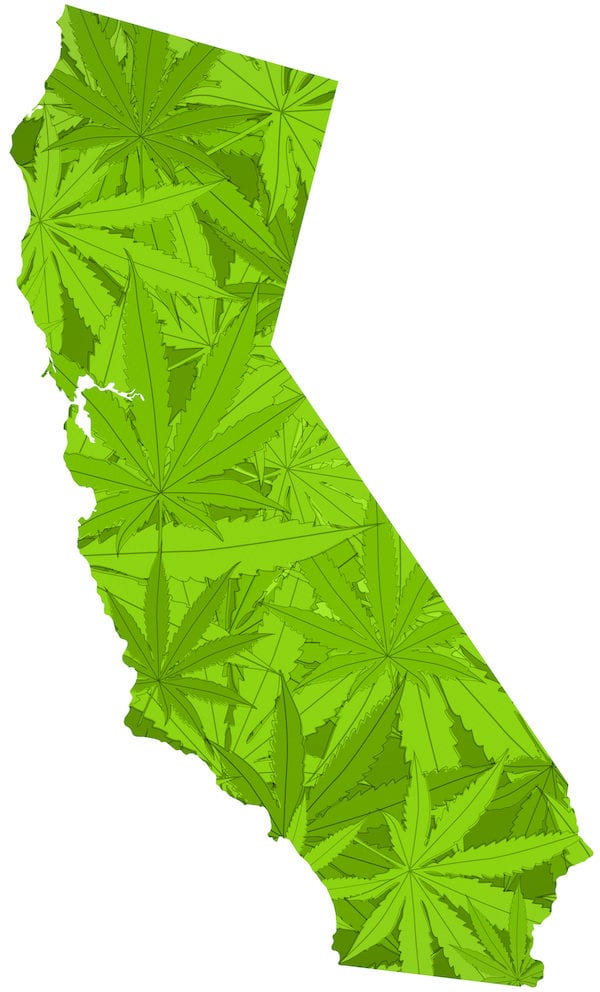

Not only was California the pioneer of medical marijuana, paving the way for the future of the plant over two decades ago, it remains a leader. Last year, the state produced an incredible 13.5 million pounds of pot. A lot of it does still end up on the black market, but the state supplies about half of all the pot that’s consumed legally in America. 49% of all sales in 2014 took place in the Golden State, 30% in Colorado, and the rest of the country accounting for the leftover 21%. Even though they produce and sell so much of it, only 12.88% of the state’s population claims to smoke.
Women Dominate The Industry



Krista Whitley is the CEO of the cannabis company called Altitude Products and she said, “Cannabis is all about girl power.” She wasn’t wrong. In the US, only 22% of leadership and management roles at companies are filled by women but, in the cannabis industry, 36% of those roles are filled by women. In some states, that percentage is up to 50%. In certain roles within that industry, like at testing labs, that percentage is up to 63%. The smallest role is investment, which still sees female leadership that is higher than the national average at 28%.
Cannabis Remains Classified As Schedule I


Some research indicates that national legalization would reap great rewards across the country; these include a savings of $8.7 by not prosecuting cannabis-related offenses and bringing in more than $10 billion in tax revenue. Despite that, and the research that shows how medically effective the plant can be and the decrease in crime, it remains a Schedule I substance. At the federal level, that means it is illegal, has a high potential for abuse, and has no accepted medicinal value. To put things into greater perspective, Schedule II substances still show a high abuse potential but are accepted as medically valuable, which is the classification of methamphetamine.